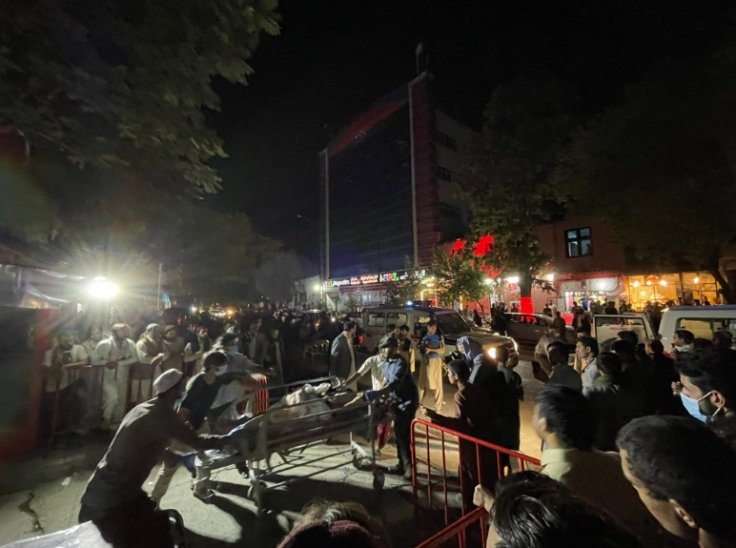The two blasts near Kabul airport that killed 13 U.S. marines and scores of Afghan civilians who were trying to flee the country took place after at least one suicide bomber managed to slip through the initial Taliban checkpoints. And it is most likely that the U.S. troops realized that and started searching for him when his device went off.
The Pentagon first confirmed the blasts shortly after 6 pm Kabul time on Thursday. Hours after that the ISIS-K claimed responsibility of the blasts and also said that one suicide bomber got "within five meters" of US troops before detonating a device.
Narrow Miss

US intelligence agents had already warned earlier on Thursday morning about a suicide car bomb threat and had Americans and other Afghan evacuees to avoid going to the airport. The U.S. troops were on high alert but still the tragedy couldn't be avoided although U.S. soldiers knew that the suicide bomber was somewhere close
General Frank McKenzie, commander of US Central Command, said that the attack on the Abbey Gate unfolded after at least one suicide bomber was able to get through initial Taliban screening points. And by the time the U.S. troops were alerted and were looking for the suspect, he detonated the device.
McKenzie told that the suicide bomber came within five meters of a gathering of US soldiers, translators and collaborators before detonating his device.

However, this could have been avoided had the suicide bomber been intercepted at the checkpoint. In the hours leading up to the suicide bombings, intelligence agencies from numerous countries had identified the imminent risk of a terror attack.
How it Unfolded
The attacked was well planned and despite the alert it couldn't be avoided. At around 5:30 pm, reports started coming in that an Italian plans carrying around 100 Afghan evacuees was targeted with gunfire. It was initially thought that the aircraft was under attacked but it wasn't damaged and managed to take off safely and fly out of Afghanistan.
Searching for relatives after the blast at the airport
— chaudry Jawwad Ali (@Jadee486) August 26, 2021
Citizens search for their relatives and loved ones outside the Kabul Emergency Hospital. Names are being announced over loudspeakers #Kabulairport pic.twitter.com/wQHbuNw8yL
That is where the intelligence agents failed. However they later realized that the shots came from Taliban militia simply firing warning shots into the air. That was a false alarm but within the next 30 minutes the blasts happened.
The Taliban maintains an outer parameter where they screen Afghans before they are allowed passage to reach the US-manned checkpoints. McKenzie believes that the bomber managed to bluff the Taliban just because of their incompetency.
As the U.S. troops were conducting a pat-down at a secondary checkpoint, the suicide bomber detonated his device, creating scenes of carnage. The bomb at the Abbey Gate struck people standing knee-deep in a wastewater canal under the sweltering sun, throwing bodies into the fetid water.
An eyewitness, Zubair, said that just after the explosions there was gunfire, but it is not clear if the shots were fired as part of the attack or the US response.
Details of the blast at the Baron Hotel, which is nearby but outside the zone of US control, were even thinner. McKenzie was unable to confirm whether the blast at the hotel was caused by a suicide bomb or a car bomb.









